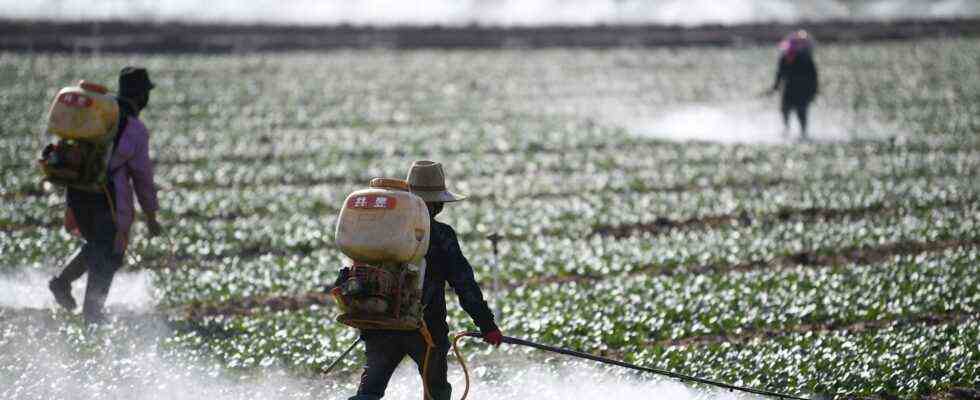Status: 07/12/2021 5:46 p.m.
Plastic waste, fertilizers, loss of land: the reasons for the alarming extinction of species are diverse. The UN wants to tackle the problem with a new agreement – but the draft is already under criticism.
A new international agreement is intended to curb or, if possible, even stop the dramatic loss of species and their habitat. The first draft has now been published by the United Nations. Among other things, it provides for at least 30 percent of the land and seas that are particularly important for biodiversity to be preserved and protected by 2030.
The almost 200 signatory states to the UN Convention on Biological Diversity (CBD) are to adopt the agreement at the 15th UN Biodiversity Conference (COP 15) in Kunming, China, in October. The aim of the new strategy is to achieve “living in harmony with nature” by 2050.
“Political action is urgently needed”
The text of the agreement is to be negotiated further over the summer and decided at the conference. However, the signatory states have set ambitious goals for themselves and have not adhered to them. The targets set by 2020 have already been missed, as the accounting report on the state of biodiversity found in that year.
“Political action is urgently needed globally, regionally and nationally in order to transform the economic, social and financial models,” said the head of the secretariat of the UN Convention, Elizabeth Maruma Mrema, when presenting the draft. The aim must be to stabilize the trends that exacerbate the loss of biodiversity by 2030. In the following two decades, a recovery of the ecosystems must then be made possible in order to achieve improvements by 2050.
WWF does not consider its goals ambitious enough
The environmental foundation WWF criticized the plans as inadequate. The draft for a new strategy in the fight against the loss of species and habitat is not ambitious enough, said biodiversity expert Florian Titze of the dpa news agency. “The goals included would not be enough to stop species extinction worldwide by 2030.”
The ecological footprint of consumption and production is not reduced enough. “At least halving would be necessary by 2030.” This also includes food production – a topic for which the draft is “clearly too weak”. “The transformation to sustainable economic and financial systems is fundamentally far too little in focus,” said Titze. “One thing is clear: if large-scale investments continue to be made in the destruction of nature, then even ambitious land protection goals will not help.”
The aim is to reduce the risk of pandemics
Due to the outbreak of the coronavirus, the biodiversity conference originally planned in Kunming in autumn 2020 was postponed and is now to take place from October 11 to 24. The focus is on the alarming decline in biodiversity worldwide. The loss of habitats, species and genetic diversity not only impoverishes nature, but also threatens the basis of human existence. How the risk of pandemics can also be reduced through nature conservation and the preservation of biological diversity has been added as an additional topic.
The envisaged framework agreement should lead to the 196 signatory states developing their national and regional action plans and bringing their strategies up to date. The CBD Secretariat demands that the development should be constantly monitored and the progress checked on a global level.
Less plastic waste, less fertilizer
The 21 goals of the planned global strategy by 2030 include a reduction in the use of fertilizers and pesticides and a reduction in plastic waste. Pollution must be reduced to a level that is not detrimental to biodiversity, the functioning of ecosystems and human health, it said.
The specific goals in the draft stipulate that the increase in species extinction should be stopped and, if possible, reversed. The risk of extinction should be reduced by at least ten percent by 2030, while the number of threatened species should decrease. One of the long-term goals up to 2050 is to reduce the speed of species death very significantly. The risk of extinction must be halved by then.
Protecting the Climate and Biodiversity: Finding a Comprehensive Strategy
Volker Mrasek, DLF, June 10, 2021 6:04 p.m.

